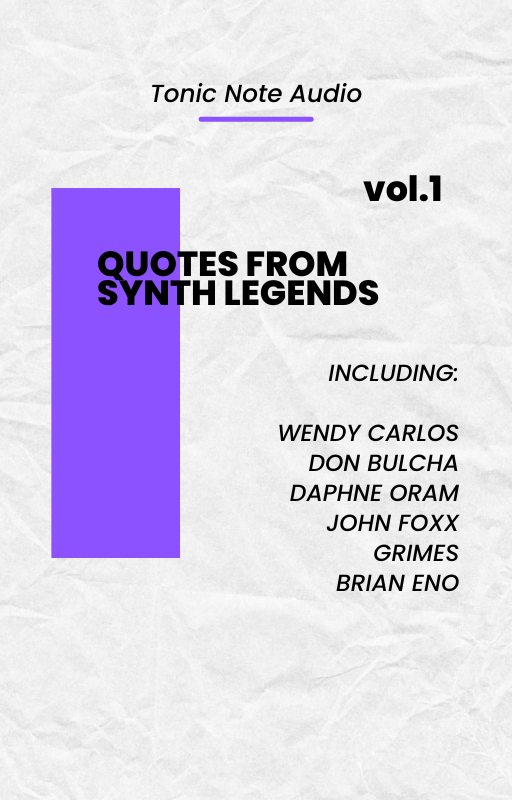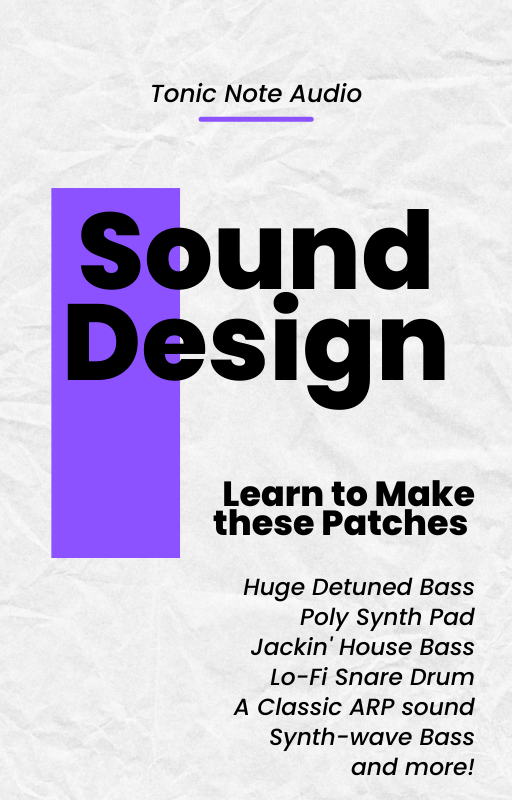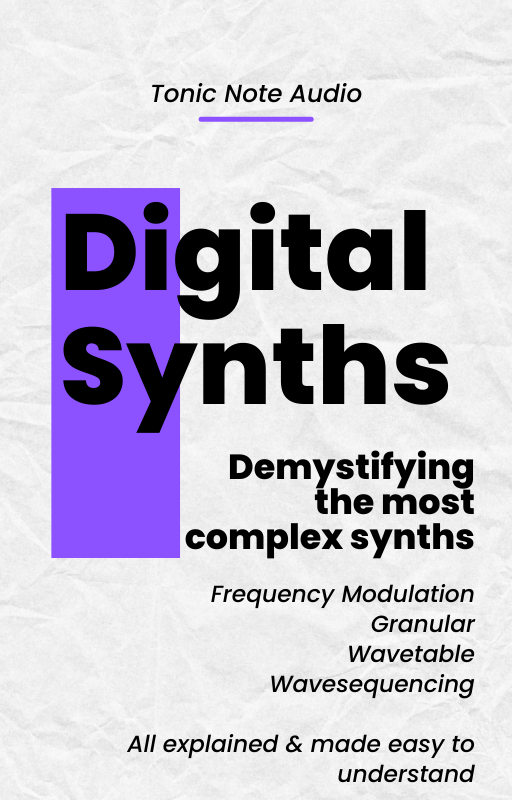3 MYTHS about Mixing
Slanj Va!
Hello and welcome!
You’ve just found your whisky fuelled music production life coach
Today we are going to bust some common myths about mixing.
This is important because there are a lot of weird things said out there about mixing, and some of these myths just need busted!
So, we will take a look at 3 main myths, and bust them in around a 6 minute read. Enjoy!
Before we start, I just wanted to offer you a free gift!
A free video lesson on arranging and mixing!
Click here to access this amazing tutorial!
Myth One - “COMPRESSION = LOUDER”
This is a classic you’ll hear everywhere online. However, the truth is actually the opposite.
Compression might make your sound appear louder, but what is actually doing is making the peaks of your sound quieter.
It smoothes down any spikes in volume your audio to be closer in volume to the rest of the sound.
Then, if you have left automatic makeup gain on (I suggest you don’t), it will then automatically raise the overall volume.
The human ear judges the volume of something not by listening the peaks (maximum) loudness of sound, but by hearing the average loudness of a sound.
Compressors can be used in a few ways, but the main thing they are designed to do is
Squish down the peaks by making them quieter to the average volume
So then, if you want, you can then increase the average volume (because the peaks won’t go in the red now)
And therefore because the average volume is now up, it tricks the ear and sounds louder than before
This works even if you test it at the exact same volume with or without the compression.
This is called an A/B test and you’ll hear exactly what it’s doing then.
This is always worth doing manually, hence why I mentioned I suggest you turn auto make up off on your compressor
Compressors can do other cool things too, like glue groups of sounds together, add colour to a sound, and more, but I hope this busts the myth that they make things louder…
they make things quieter!
Check out my from “NO” to “PRO”
mixing course
Take your mixes from a drab, unprofessional sound to a places that wows your fans and friends.
Myth Two - “GO INTO HUGE DETAIL WITH THE EQ”
I’ve seen students using the “search & destroy” EQ technique wildly before. I’ve also seen boosting and cutting in many different areas of the frequency spectrum. Their EQ curve looked like the track of a roller coaster, it had that many ups and downs.
Now, there is a place for all these techniques, but if you have to remember an EQ curve like a bit of cooked spaghetti, it can start to sound unnatural to the human ear.
If so many adjustments are needed, you might have to ask yourself “does this part need re-recorded if it’s that bad quality I have to use so much EQ?”
Or if you are using samples, it might be worth considering using a different sample.
Remember the old sound engineering adage “GARBAGE IN; GARBAGE OUT”
Start with great sounds, and then a minimal amount of EQ will be needed to bring out the best in that sound later.
As a rule of thumb, ideally you wouldn’t need more than two filters, two cuts and two boosts per instrument/sound.
Looking for monthly inspiration and motivation? Check out our Music Maker’s Social Club
Is this blog right so far? Get in touch and let me know!
Myth Three - “BOOST THE BASS”
It makes sense right? You want your track to sound more full in the bass region, so you use EQ to boost the bass.
But one of the most surprising things in music production is to get a more clear, defined, and tighter bass; you actually CUT the bass!
This is because any frequencies below around 40-50Hz are very muddy sounding, and a lot of systems will struggle to reproduce these sounds.
My monitors at home do not produce frequencies under 35Hz, for example.
And only the largest club systems will ever come close to producing these sounds. Even then, you will feel that sound in your chest rather than hear it.
So it makes sense, to use EQ, with a fairly steep EQ slope, to cut the bass at around 35Hz.
This will make your bass sound tighter, and more controlled. I think controlled is the key word here.
Remember, whenever you cut, you can reward yourself with a small boost, so if it sounds good, feel free to boost the bass slightly where the fundamental frequency lies.
CONCLUSION
I hope you enjoyed busting these three myths about mixing with me today.
Compression = Quieter
Don’t go insane with your EQ curve
Cutting the bass makes it bass-ier
Remember, you can still sign up for my free mixing and arranging video tutorial!
This is where I take you through one of my most recent releases, and explain how I arranged and mixed it.












